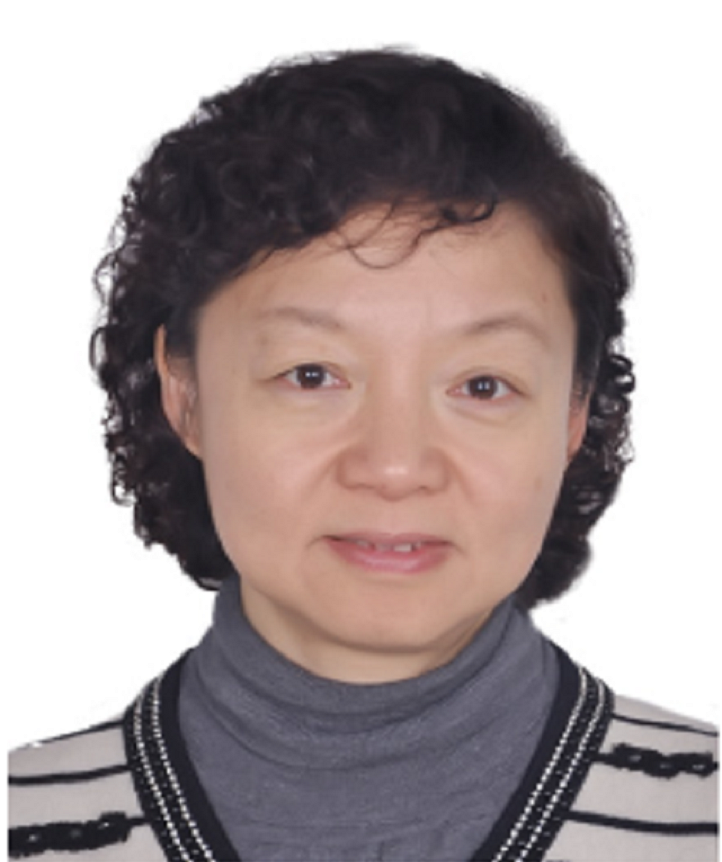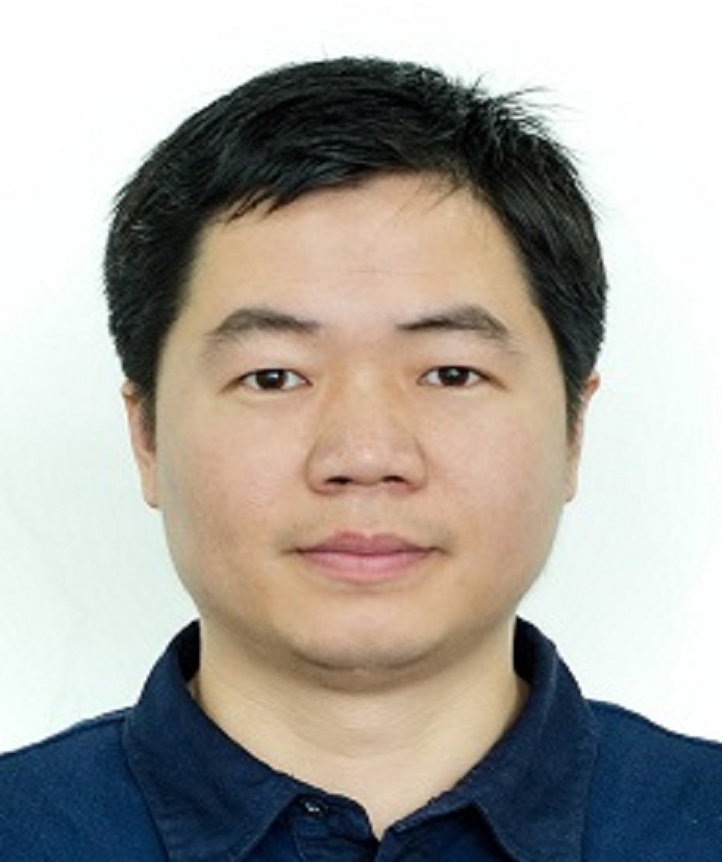

The 1st Intl. Workshop on Software Engineering & Deep Learning (SE&DL)
21st March, 2023
Macau,Kunming,China
co-located with SANER 2023

Due to the rapid pace at which DL techniques have been adopted, we want to know the research's current successes, failures, and opportunities at the intersection of SE & DL. There is research on identifying that the most extensively investigated sub-processes are software testing and maintenance. In such sub-processes, DL models are widely used to process bug reports, malware classification, libraries, and commits recommendations generation. Some solutions are oriented to effort estimation, classifying software requirements, identifying GUI visual elements, identifying code authors, and the similarity of source codes, predicting and classifying defects, and analyzing bug reports in testing and maintenance processes. However, many open issues still remain to be investigated. How do researchers integrate DL into SE problems? Which SE phases are facilitated by DL? Do practitioners benefit from DL? How datasets are used to develop techniques for particular development tasks, and designing DL models that effectively capture the inherent structure present in a wide range of different software artifacts. The answers help practitioners and researchers develop practical DL models for SE tasks. In an effort to bring clarity to this crosscutting area of work, from its modern inception to the present, the goal of this workshop is to outline high-priority areas for crosscutting research that sits at the intersection of DL and SE.

The 1st Intl. Workshop on Software Engineering & Deep Learning (SE&DL)
21st March, 2023
Macau,Kunming,China
co-located with SANER 2023

Due to the rapid pace at which DL techniques have been adopted, we want to know the research's current successes, failures, and opportunities at the intersection of SE & DL. There is research on identifying that the most extensively investigated sub-processes are software testing and maintenance. In such sub-processes, DL models are widely used to process bug reports, malware classification, libraries, and commits recommendations generation. Some solutions are oriented to effort estimation, classifying software requirements, identifying GUI visual elements, identifying code authors, and the similarity of source codes, predicting and classifying defects, and analyzing bug reports in testing and maintenance processes. However, many open issues still remain to be investigated. How do researchers integrate DL into SE problems? Which SE phases are facilitated by DL? Do practitioners benefit from DL? How datasets are used to develop techniques for particular development tasks, and designing DL models that effectively capture the inherent structure present in a wide range of different software artifacts. The answers help practitioners and researchers develop practical DL models for SE tasks. In an effort to bring clarity to this crosscutting area of work, from its modern inception to the present, the goal of this workshop is to outline high-priority areas for crosscutting research that sits at the intersection of DL and SE.

The 1st Intl. Workshop on Software Engineering & Deep Learning (SE&DL)
21st March, 2023
Macau,Kunming,China
co-located with SANER 2023

Due to the rapid pace at which DL techniques have been adopted, we want to know the research's current successes, failures, and opportunities at the intersection of SE & DL. There is research on identifying that the most extensively investigated sub-processes are software testing and maintenance. In such sub-processes, DL models are widely used to process bug reports, malware classification, libraries, and commits recommendations generation. Some solutions are oriented to effort estimation, classifying software requirements, identifying GUI visual elements, identifying code authors, and the similarity of source codes, predicting and classifying defects, and analyzing bug reports in testing and maintenance processes. However, many open issues still remain to be investigated. How do researchers integrate DL into SE problems? Which SE phases are facilitated by DL? Do practitioners benefit from DL? How datasets are used to develop techniques for particular development tasks, and designing DL models that effectively capture the inherent structure present in a wide range of different software artifacts. The answers help practitioners and researchers develop practical DL models for SE tasks. In an effort to bring clarity to this crosscutting area of work, from its modern inception to the present, the goal of this workshop is to outline high-priority areas for crosscutting research that sits at the intersection of DL and SE.






